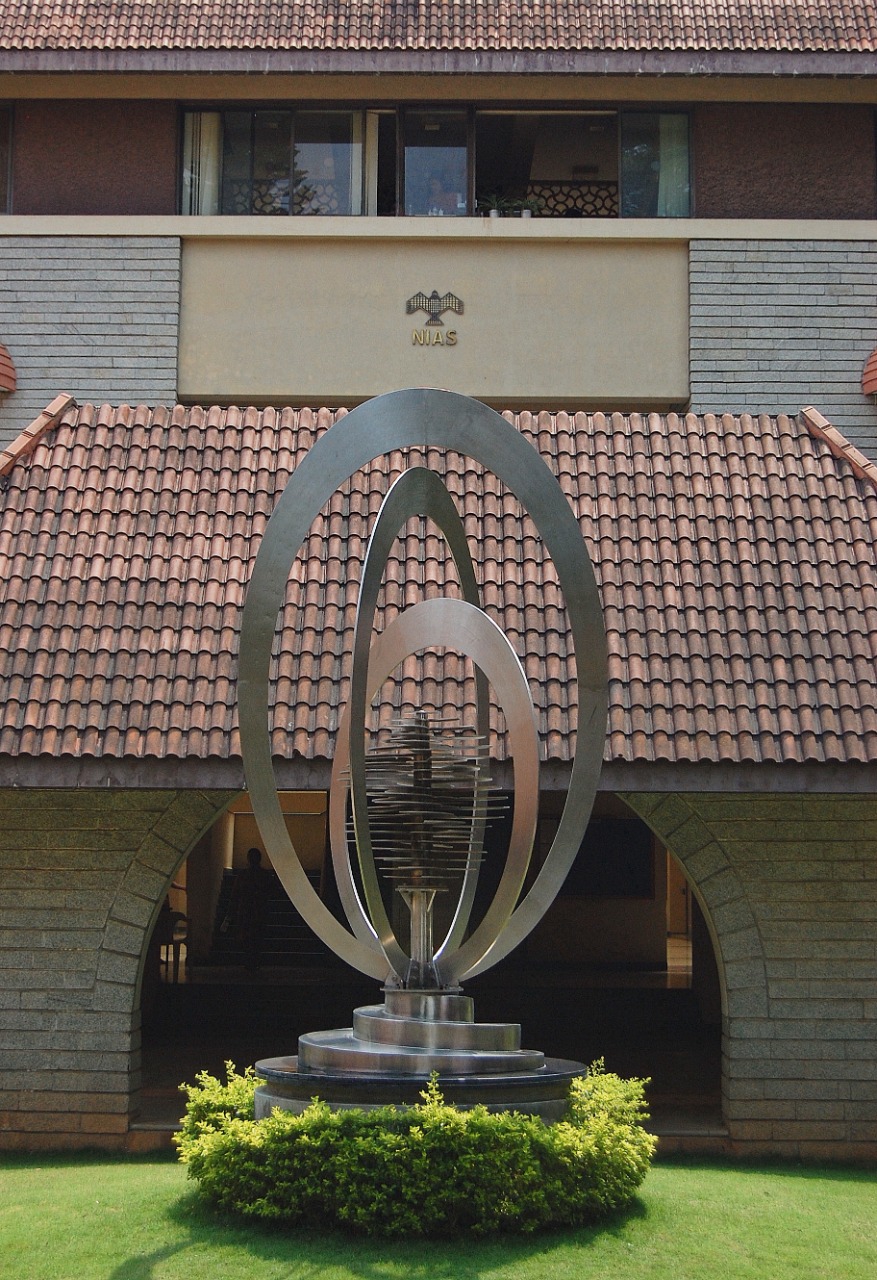
The differences in the nuclear liability regime have been an important stumbling block in the operationalisation of the 2008 Indo-US Nuclear cooperation agreement. This fact can be gauged from the fact that between 2008 and 2015 not a single non-Russian nuclear reactor has been constructed in India during this period.
There are differences both in the terms of liability laws and the terms and conditions of the agreement. Recently, the Ministry of External affairs (MEA) had released a frequently asked questions (FAQ) statement on the nuclear liability. Therein it is stated that there is no change in the liability law, except that the Section 17(B) that reads the operator’s right to recourse, would not be mandatory. The FAQ states that this is only an enabling provision which can be applied when entered into contract by the suppliers and the Nuclear Power Corporation of India Ltd. (NPCIL). This interpretation of the Act is more suppliers-inclined and it is but obvious that the suppliers would opt out of entering into such a contract.
It is also proposed that the damages would be covered through an insurance pool which has relatively lowered the compensation cap favouring the suppliers as the Insurance policy is highly subsidised. The MEA’s FAQ reiterates that the GIC (General Insurance Corporation) and four other Public Sector Undertakings (PSUs) would contribute for 50% of insurance amount, that is, Rs. 750 crores out of Rs. 1500 crores.
In addition to this, NPCIL has to make available an amount of Rs 1500 crores. It is also estimated that the costs of the US- based reactors will be suitably increased which offsets the suppliers from contribution to the Insurance pool. Many surmise that the burden of the insurance pool would fall on the public, with the Indian government underwriting the entire costs of insurance. However the MEA states that the fear of burdening the public or the government is unwarranted as the CLNDA requires the NPCIL/ the operator to make available a financial security to cover its liability to the extent of Rs 1500 crores. The insurance pool is a 3-tier arrangement that covers liability of the operator, supplier and the key supplier.
In case of India’s Nuclear Liability Law the liability and the onus of compensation solely on the operator, merely giving the operator his right to recourse which is reasonable. The fact that the operator is entitled to compensation that is, only if he is able to prove that the material supplied was of a poor quality leading to the mishap, is ignored. Hence the Liability Act is a balance between the operator and the supplier. The Liability Act though contested, is considered as the best practice, the parties entering into a deal must have a collaborative dialogue.
Nuclear diplomacy is a vital aspect of India’s policies today and it is essential to bring about a balance in nuclear laws to accommodate both suppliers and operators. Strengthening of an international pool of insurance could be one possible solution to facilitate smooth nuclear trade.
Conclusion
In conclusion, it could be surmised there is unlikely to be a sale of nuclear reactors by American companies in the immediate future as the two sides have not been able to make adequate administrative arrangements. The reasons attributed to this situation could be the concerns of the US suppliers over legal proceedings in accordance to the Civil Procedure Code 1908 in case of any accident. Another reason is the stake that Japanese Companies like Toshiba and Hitachi hold in American nuclear power majors like Westinghouse and General Electric (GE). Thus, without an Indo-Japanese nuclear agreement, the sale of American nuclear reactors to India is unlikely to make any headway.
On the other hand, the sale of French reactors by Areva too has been hanging in the balance. Areva has been incurring huge losses with the delays and cost overruns with its EPR reactor projects at France and Finland. Therefore, the prospects of French Nuclear industry and investments from France look bleak.
In the end, this leaves Russia as the strongest player in the Indian civilian nuclear power market. Russian In the past Russian officials described Russian nuclear plants to be cheaper than other plants being offered by other international players. With the expanding Indo-Russian cooperation in the civilian nuclear power sector, and the lack of any forward movement by the other international players, Russia is all set to corner a lion’s share of the Indian civilian nuclear power market in the coming years.
